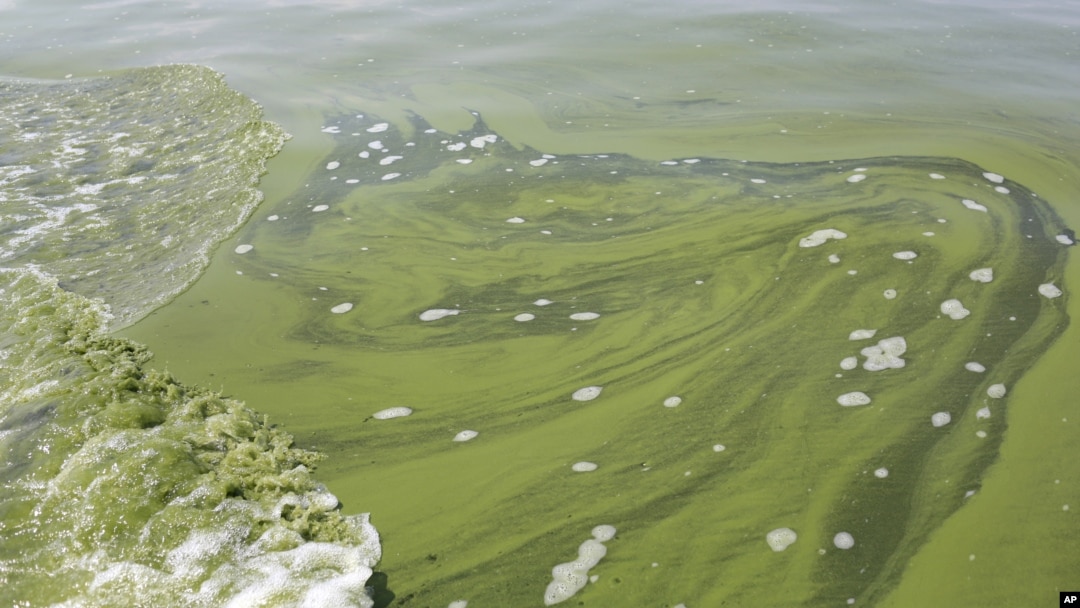U.S. officials in the northern city of Toledo, Ohio, have lifted a ban on the city's water supply that had left hundreds of thousands of people without drinking water.
Toledo Mayor Michael Collins said Monday that multiple tests of the water show that toxin levels from an algae bloom are no longer dangerous. He said the water is now safe to drink and urged people to return to a normal life.
Residents had to rely on bottled water since Saturday, when officials said tests at a water treatment plant found high levels of microcystin, a toxin that causes vomiting, diarrhea and liver problems.
Troops with the Ohio National Guard distributed over 100,000 liters of clean water to residents while many people were forced to drive more than 100 kilometers just to find and buy bottled water from nearly depleted stores.
Earlier, Ohio Governor John Kasich declared a state of emergency in several counties.
Officials warned residents to not even boil the tap water, saying that could increase the concentration of toxins. People with weakened immune systems were also urged not to use the water to bathe in.
The toxins were caused by large amounts of algae growing in Lake Erie, one of the five so-called "Great Lakes" located along and near the Canadian border in the United States. The algae growths are caused by fertilizer runoff from farms and water treatment plants.
Lake Erie has been plagued by algae blooms dating back to the 1960s. The blooms disappeared in the 1990s and the first decade of this century, but have steadily increased over the past decade.
Last year, a harmful algae bloom forced a similar water ban in a small town located east of Toledo.
Some information in this report was provided by AP and AFP.



